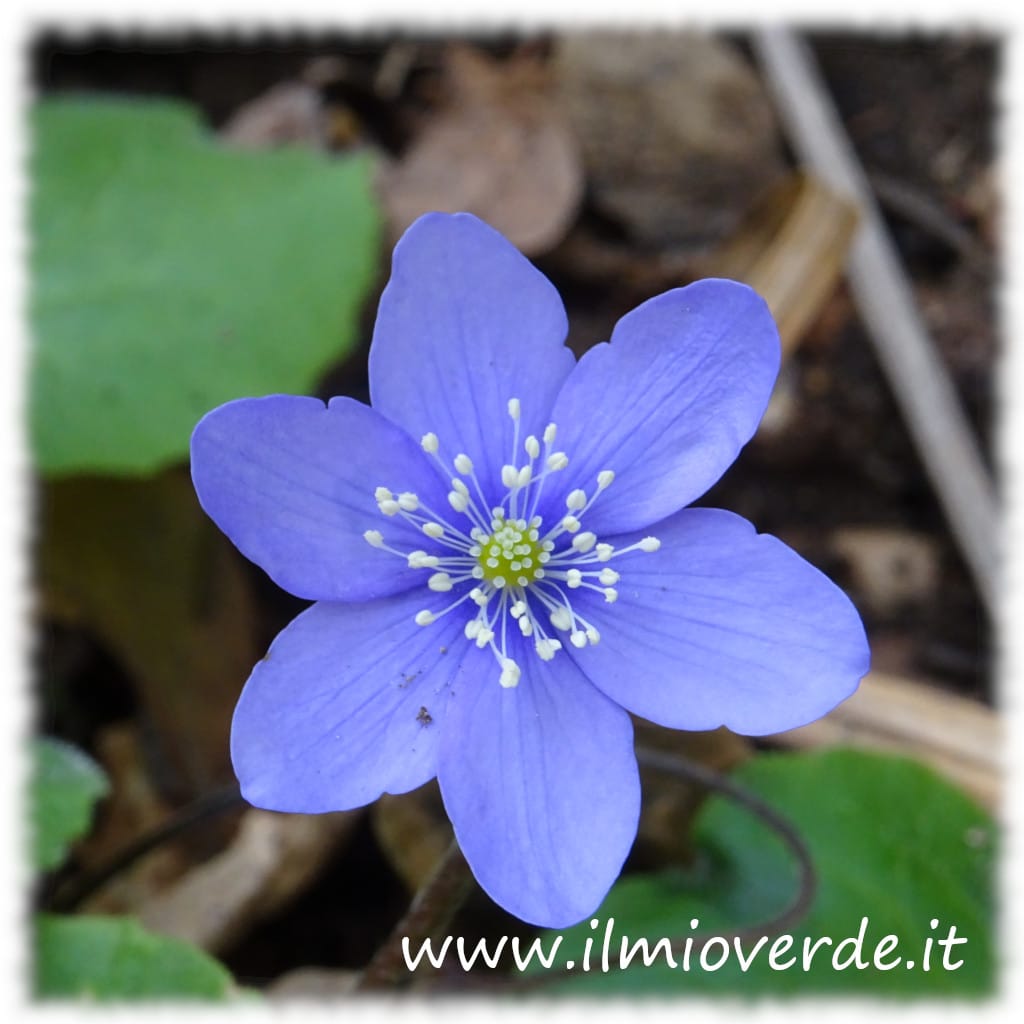“…colourful, natural, woodland, heralding spring…”
Hepatica nobilis
With its delicate blue flowers and heart-shaped leaves, Hepatica nobilis, also known as liverwort, is one of the most fascinating plants of the spring woodlands. Despite its understated beauty, this plant has a long history of use in both gardening and herbal medicine.
History and Origins
- Scientific and common name: Hepatica nobilis (also known as common hepatica or liver flower)
- Origins: Naturally found in Europe and some parts of Asia, particularly in calcareous and shady woodlands. The name “hepatica” comes from the shape of its leaves, which resemble a liver.
Plant Characteristics
- Flowers: Delicate and solitary, in shades of blue, pink, or white, with pale stamens. They bloom in early spring, before new leaves appear.
- Leaves: Tri-lobed and dark green, often turning reddish in autumn.
- Height: Typically grows to 10-15 cm.
- Habitat: Prefers moist, shady soils, often in deciduous forests or beneath tall trees.
Cultivation and Care
- Exposure: Partial shade, away from direct sunlight.
- Soil: Prefers fresh, well-drained, slightly acidic soils.
- Watering: Keep the soil moist but not waterlogged.
- Fertilisation: Light fertilisation if needed during the growing season.
- Flowering: Spring, from March to May, depending on climate conditions.
- Temperature: Tolerates cold down to approximately -15/-20°C and prefers summer temperatures below 25°C, avoiding excessive heat.
Benefits and Uses
- Herbal medicine: Sometimes used for its purifying properties, but caution is advised, as some parts of the plant can be toxic if not handled properly.
- Gardening uses: Ideal for shady gardens, pathway borders, or rock gardens. It is also a great choice for creating a “spring flowering carpet.”
Diseases and Pests
Though not particularly susceptible, Hepatica nobilis can sometimes be affected by the following:
- Powdery mildew: Can occur in overly humid conditions.
- Aphids: Occasionally attracted to the flowers.
Fun Facts
In some cultures, Hepatica nobilis is considered a symbolic spring plant, representing rebirth and purification.
With its early spring blossoms, Hepatica nobilis adds a touch of delicacy and colour to any shady garden. Easy to grow yet undeniably charming, it is a must-have plant for lovers of wild flora.
Immagine di Davide Giuseppe Zannini
